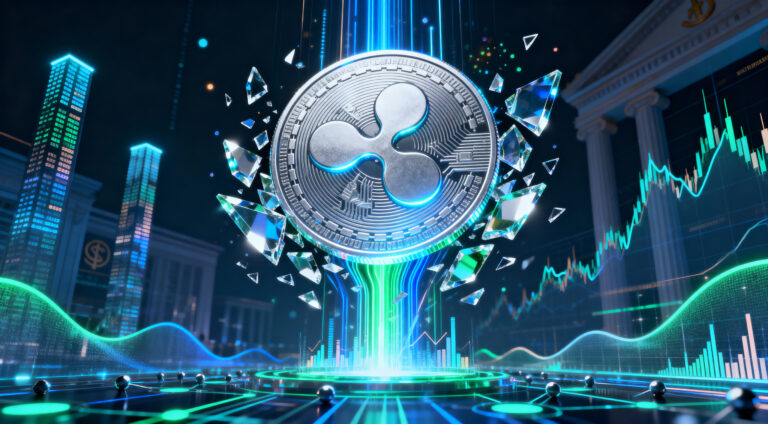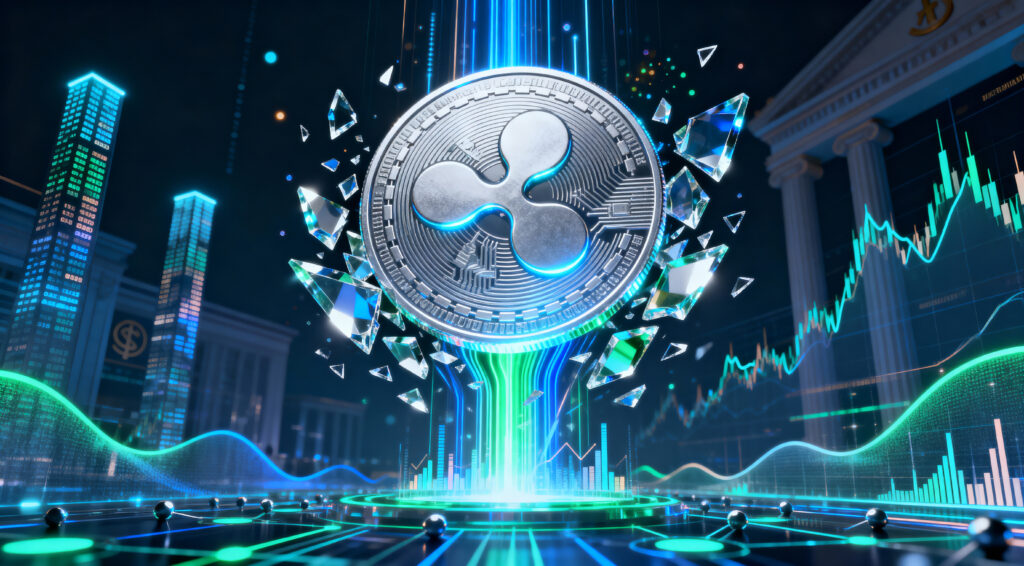Apple has officially added the iPhone XS to its list of “vintage” products, marking the end of a chapter for a once-flagship device. The move comes just six months after the larger iPhone XS Max received the same classification. According to Apple, a product is deemed vintage when it has been more than five years since the company stopped distributing it for sale through its official channels.
The iPhone XS was first introduced in September 2018 alongside the iPhone XS Max, serving as an incremental upgrade to the groundbreaking iPhone X. While the iPhone XS brought refinements such as a faster A12 Bionic chip, improved camera performance, and dual SIM support, it remained largely similar in design and function to its predecessor.
Though it exited Apple’s main retail lineup in 2019, the device continued to receive software updates and limited support until now. With this new classification, its future is on a ticking clock.
What “Vintage” Means for iPhone XS Users
For users still holding on to their iPhone XS, the “vintage” label doesn’t mean immediate loss of service. Apple clarifies that vintage products can still be repaired at Apple Stores and authorised service providers, but only if parts are available.
This limited window offers a shrinking opportunity for repairs, especially for key components like batteries and screens. The real deadline looms in just two more years, when the iPhone XS will be designated as “obsolete.” At that point, Apple will no longer offer service or repairs at all, regardless of parts availability.
The shift serves as a subtle reminder of the pace of technology turnover; even premium devices with once-cutting-edge capabilities have a shelf life.
A Look Back at the iPhone XS Era
When the iPhone XS launched, it was seen as a modest evolution rather than a dramatic leap forward. Still, it offered notable improvements under the hood. Apple’s A12 Bionic chip brought better power efficiency and performance, and the camera saw software enhancements that improved low-light photography.
The XS Max, in particular, stood out with its massive 6.5-inch display, catering to users wanting a larger, more immersive experience. These models also marked the early days of dual SIM functionality, a long-awaited feature for users who juggled personal and business numbers.
Despite these features, both the XS and XS Max were quickly overshadowed by the iPhone 11 series the following year, which introduced the ultra-wide camera and significantly improved battery life. Nonetheless, the XS models helped refine Apple’s post-iPhone X design language and remain a part of the company’s transition into full-screen, Face ID-driven smartphones.
Other Devices Affected in Apple’s Quiet Update
Alongside the iPhone XS’s vintage designation, Apple also moved several other ageing devices closer to retirement. The fifth-generation iPad (2017) has now officially joined the obsolete list, meaning it is no longer eligible for service or support at any Apple-authorised outlet.
Additionally, Apple updated its support pages with a subtle reminder for users of the 2018 Mac mini, which was added to the vintage list earlier this year. While still serviceable for now, users are encouraged to check with their local providers about ongoing repair options. Interestingly, the company has not clarified why the 2018 Mac mini reached vintage status earlier than expected.
What This Means for Apple Users
Apple’s structured approach to sunsetting products is part of its larger ecosystem strategy, encouraging regular upgrades while still supporting older devices within a reasonable window. For iPhone XS users, the next two years mark the final stretch for official support.
The classification underscores the speed of technological progression in consumer electronics. A once-premium smartphone, still capable by many standards today, is now entering its final phase of official relevance in Apple’s ecosystem.
As Apple continues to push the boundaries with each new generation of devices, the vintage status of products like the iPhone XS serves as both a reflection on innovation past and a quiet nudge towards the future.















